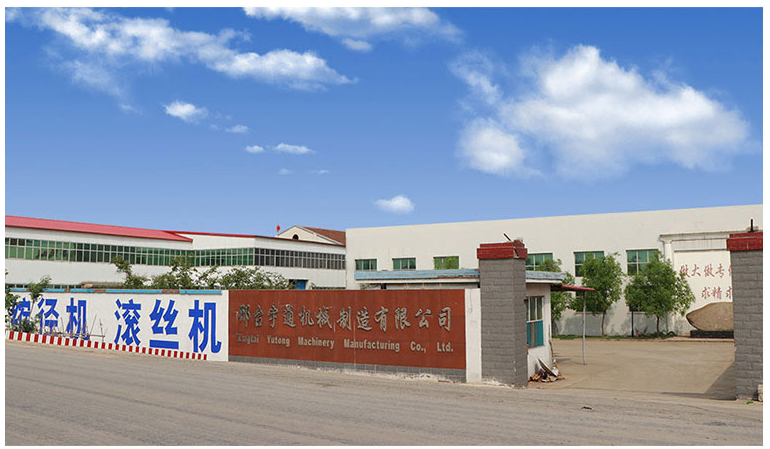
-
 Afrikaans
Afrikaans -
 Albanian
Albanian -
 Amharic
Amharic -
 Arabic
Arabic -
 Armenian
Armenian -
 Azerbaijani
Azerbaijani -
 Basque
Basque -
 Belarusian
Belarusian -
 Bengali
Bengali -
 Bosnian
Bosnian -
 Bulgarian
Bulgarian -
 Catalan
Catalan -
 Cebuano
Cebuano -
 Corsican
Corsican -
 Croatian
Croatian -
 Czech
Czech -
 Danish
Danish -
 Dutch
Dutch -
 English
English -
 Esperanto
Esperanto -
 Estonian
Estonian -
 Finnish
Finnish -
 French
French -
 Frisian
Frisian -
 Galician
Galician -
 Georgian
Georgian -
 German
German -
 Greek
Greek -
 Gujarati
Gujarati -
 Haitian Creole
Haitian Creole -
 hausa
hausa -
 hawaiian
hawaiian -
 Hebrew
Hebrew -
 Hindi
Hindi -
 Miao
Miao -
 Hungarian
Hungarian -
 Icelandic
Icelandic -
 igbo
igbo -
 Indonesian
Indonesian -
 irish
irish -
 Italian
Italian -
 Japanese
Japanese -
 Javanese
Javanese -
 Kannada
Kannada -
 kazakh
kazakh -
 Khmer
Khmer -
 Rwandese
Rwandese -
 Korean
Korean -
 Kurdish
Kurdish -
 Kyrgyz
Kyrgyz -
 Lao
Lao -
 Latin
Latin -
 Latvian
Latvian -
 Lithuanian
Lithuanian -
 Luxembourgish
Luxembourgish -
 Macedonian
Macedonian -
 Malgashi
Malgashi -
 Malay
Malay -
 Malayalam
Malayalam -
 Maltese
Maltese -
 Maori
Maori -
 Marathi
Marathi -
 Mongolian
Mongolian -
 Myanmar
Myanmar -
 Nepali
Nepali -
 Norwegian
Norwegian -
 Norwegian
Norwegian -
 Occitan
Occitan -
 Pashto
Pashto -
 Persian
Persian -
 Polish
Polish -
 Portuguese
Portuguese -
 Punjabi
Punjabi -
 Romanian
Romanian -
 Russian
Russian -
 Samoan
Samoan -
 Scottish Gaelic
Scottish Gaelic -
 Serbian
Serbian -
 Sesotho
Sesotho -
 Shona
Shona -
 Sindhi
Sindhi -
 Sinhala
Sinhala -
 Slovak
Slovak -
 Slovenian
Slovenian -
 Somali
Somali -
 Spanish
Spanish -
 Sundanese
Sundanese -
 Swahili
Swahili -
 Swedish
Swedish -
 Tagalog
Tagalog -
 Tajik
Tajik -
 Tamil
Tamil -
 Tatar
Tatar -
 Telugu
Telugu -
 Thai
Thai -
 Turkish
Turkish -
 Turkmen
Turkmen -
 Ukrainian
Ukrainian -
 Urdu
Urdu -
 Uighur
Uighur -
 Uzbek
Uzbek -
 Vietnamese
Vietnamese -
 Welsh
Welsh -
 Bantu
Bantu -
 Yiddish
Yiddish -
 Yoruba
Yoruba -
 Zulu
Zulu
best types of thread rolling
The Best Types of Thread Rolling Enhancing Manufacturing Efficiency and Quality
Thread rolling is a highly efficient manufacturing process used to create threads on metal components. This cold forging technique involves deforming the material to form threads by using rotating dies, resulting in enhanced mechanical properties and surface finish. With various types of thread rolling methods available, it's essential to understand the best types to optimize production efficiency and quality. Here, we explore the leading types of thread rolling processes while highlighting their unique advantages and applications.
1. Flat Die Thread Rolling
Flat die thread rolling is one of the most commonly used methods for creating parallel threads. This technique employs two flat dies that rotate in opposite directions, pressing the workpiece between them. The key advantage of flat die rolling is its ability to produce multiple threads simultaneously, making it suitable for high-volume production. Moreover, this method can be used on various materials, including steel, aluminum, and titanium, thus providing versatility in manufacturing processes.
Flat die thread rolling is particularly beneficial for producing screws, bolts, and other fasteners due to its ability to maintain a consistent thread profile and enhance the workpiece's strength. The cold working process results in a finer grain structure, which improves the material’s fatigue resistance, making flat die thread rolling a preferred choice in the automotive and aerospace industries.
2. Triangular Die Thread Rolling
Triangular die thread rolling is a specialized process that utilizes triangular-shaped dies to form threads onto cylindrical workpieces. This method is particularly effective for generating threads with a triangular profile, which is commonly used in applications requiring high strength and load-bearing capacities, such as in the production of screws for structural applications.
The triangular die design provides excellent thread definition and can produce threads of varying sizes and pitches. Additionally, this method allows manufacturers to roll threads onto materials that are challenging to thread through traditional cutting methods, thereby maximizing material usage and minimizing waste.
best types of thread rolling

Rotary thread rolling combines the benefits of radial force and axial movement to create threads on cylindrical parts. This process is particularly advantageous for creating deep and complex thread profiles without the risk of part distortion or wear commonly associated with cutting methods. The continuous rotation and movement of the workpiece through the dies ensure a uniform thread quality and increased production rates.
This method is particularly useful for industries that require threading in hard materials or those with tight tolerances. The smooth finish achieved through rotary thread rolling also reduces the need for additional finishing operations, saving both time and costs in manufacturing.
4. Roller Thread Rolling
Roller thread rolling machines are designed to provide a three-dimensional threaded surface by using two or more rolling dies. This method differs from other techniques due to its capacity to create threads on a variety of shapes, including hexagonal and square configurations. The roller thread rolling process ensures minimal material loss and improves fatigue strength due to the cold working effect on the material.
This process is ideal for manufacturing parts that require intricate shapes and sizes, such as specialized fasteners and automotive components. The roller thread rolling technique is increasingly adopted due to its efficiency and ability to produce high-quality threaded products.
Conclusion
Choosing the right thread rolling technique is crucial for manufacturers looking to optimize production efficiency and enhance product quality. Each method—flat die, triangular die, rotary, and roller thread rolling—comes with its unique advantages and applications, allowing manufacturers to select the most suitable technique based on their specific needs and material characteristics.
As the manufacturing industry continues to evolve, embracing advanced thread rolling methods will not only improve product strength and integrity but also lead to increased operational efficiency and reduced production costs. By understanding the best types of thread rolling processes available, manufacturers can better position themselves in a competitive market while delivering superior products to customers.
